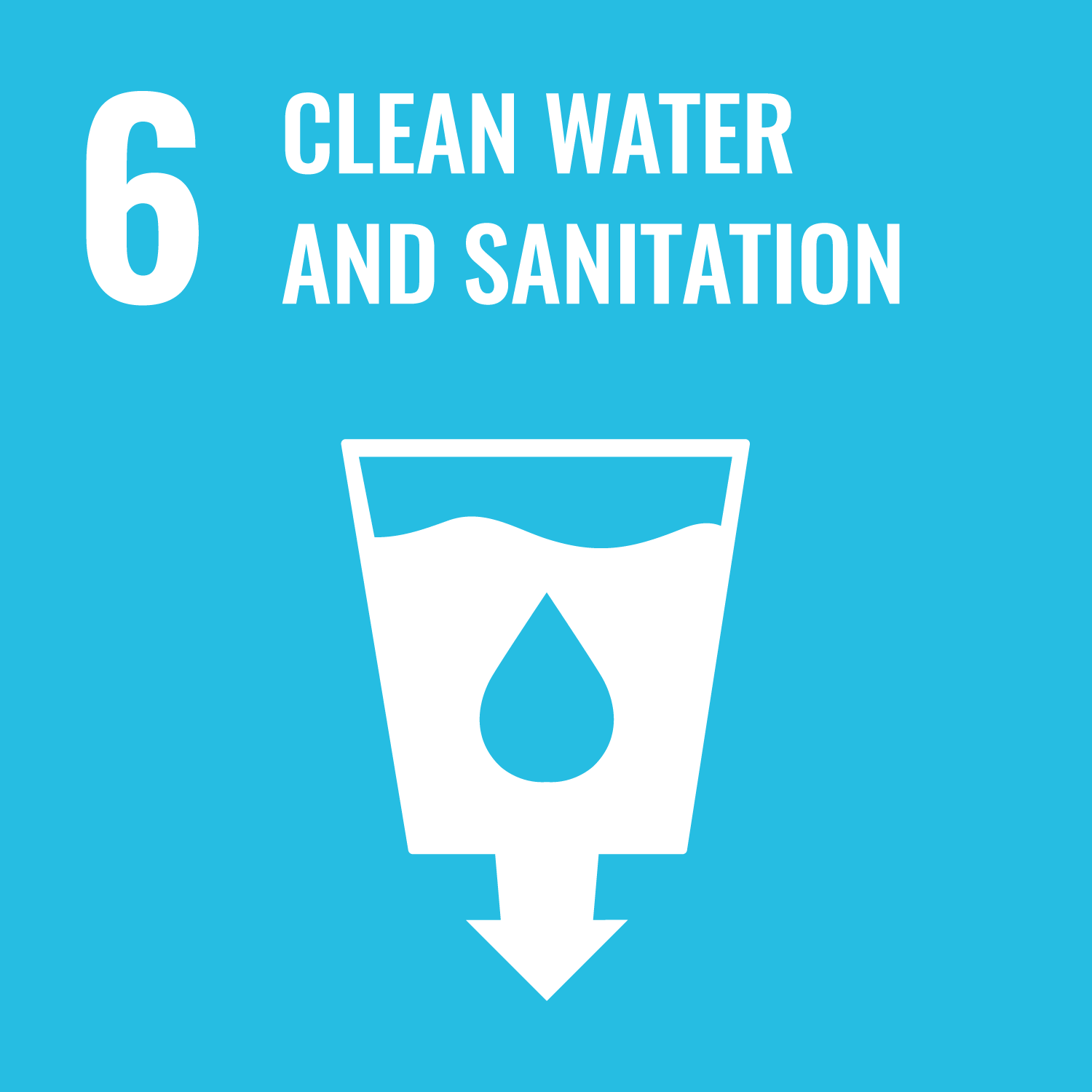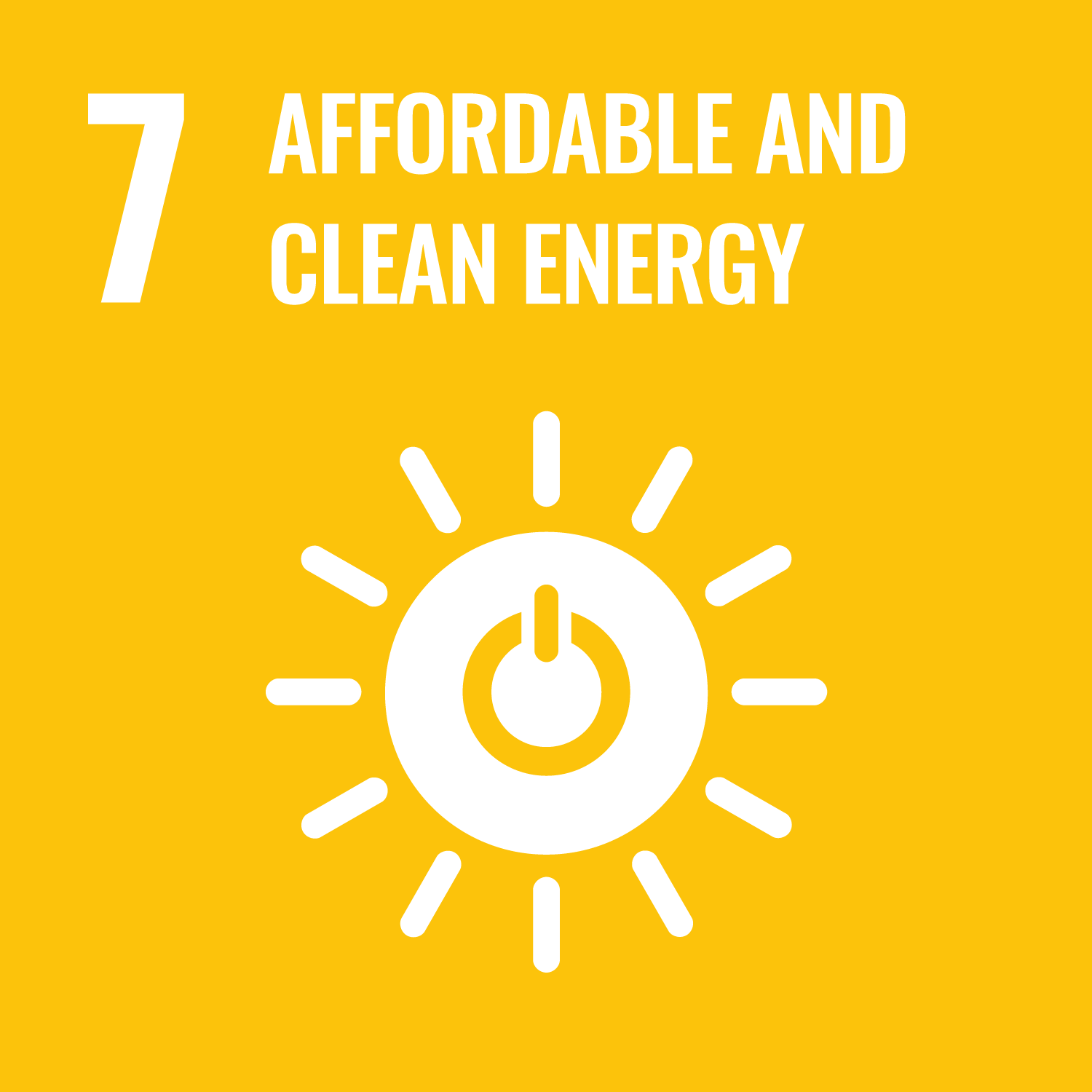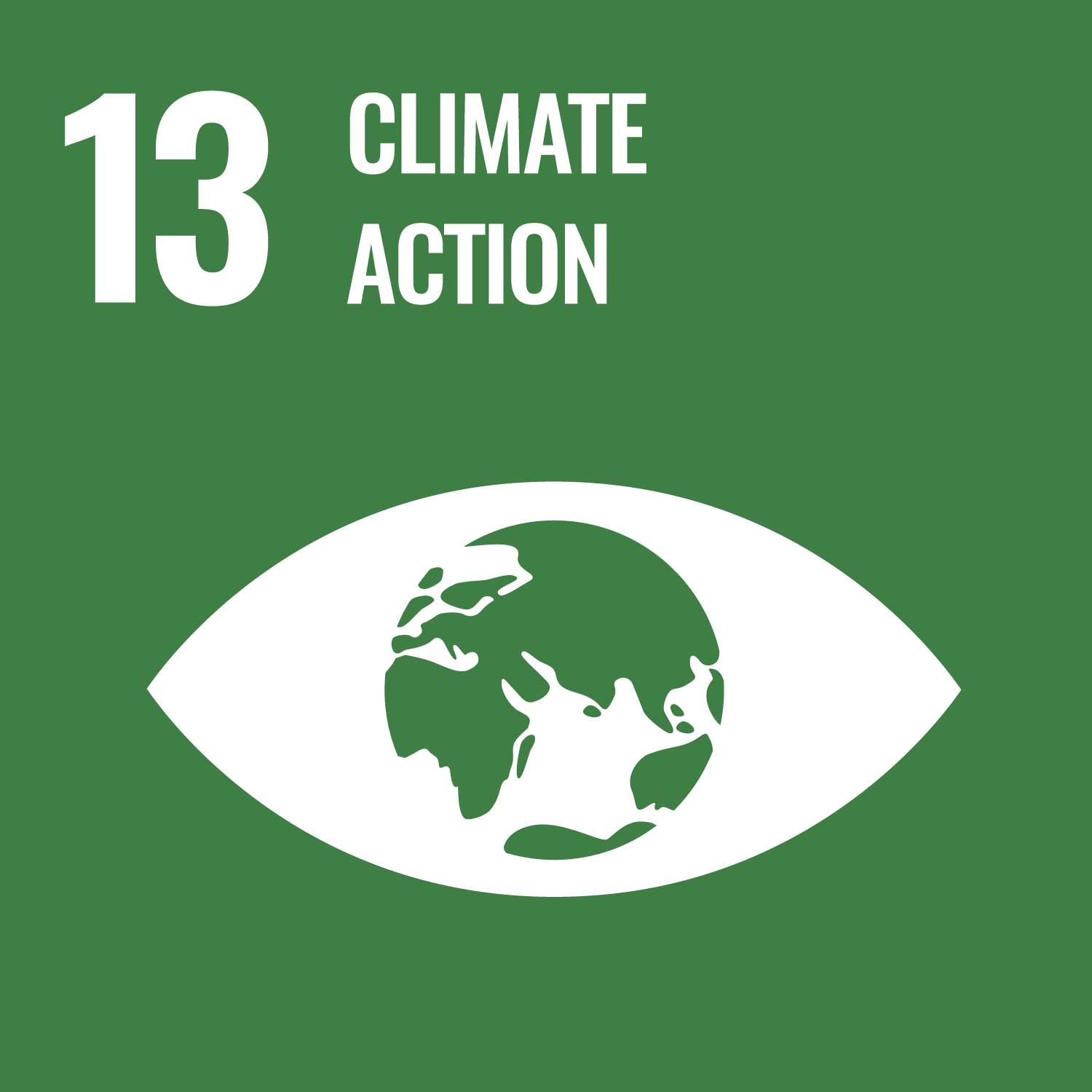The course aims to provide comprehensive knowledge about High-Tc superconductors. The course is structured as follows:
1.Understanding and learning the fundamentals of superconductivity and superconducting materials, including their synthesis, crystal structure, and crystal chemistry.
2.Learning the significance of phase diagrams, along with key terms and techniques such as melt processing, texturing, and microstructure analysis.
3.Studying the processes involved in producing superconductors, including single grain growth, seeding techniques, and methods for mass production, as well as understanding various characterization techniques.
4.Understanding the formation of nanostructures within the superconductor matrix and their role in flux pinning, followed by exploring microstructural characterization techniques such as TEM, SEM, AFM, and STM.
5.Exploring the existing and potential future applications of superconductors in various fields, including transportation, medicine, energy storage, and more.
1.Understanding and learning the fundamentals of superconductivity and superconducting materials, including their synthesis, crystal structure, and crystal chemistry.
2.Learning the significance of phase diagrams, along with key terms and techniques such as melt processing, texturing, and microstructure analysis.
3.Studying the processes involved in producing superconductors, including single grain growth, seeding techniques, and methods for mass production, as well as understanding various characterization techniques.
4.Understanding the formation of nanostructures within the superconductor matrix and their role in flux pinning, followed by exploring microstructural characterization techniques such as TEM, SEM, AFM, and STM.
5.Exploring the existing and potential future applications of superconductors in various fields, including transportation, medicine, energy storage, and more.
To develop in our student’s excellence in understanding the bulk high Tc superconductor processing methods and to activate
ability to produce top superconducting materials for industrial applications. The class will focus on understanding the phase
diagrams, molding the new materials, to create nano-structures improving the material’s performance, especially above liquid
nitrogen temperature, up to liquid oxygen temperature.
- The students will be able to learn and understand the basic physics of superconductivity and the chemistry of superconducting materials.
- The students will be able to understand the importance of phase diagrams and their utilization in producing superconductors.
- The students will be able to learn various techniques and methods for producing single-grain superconductors, including batch production for industrial-scale applications.
- The students will be able to understand the physics behind the creation of nanostructures and flux pinning, along with various microstructural characterization techniques such as TEM, SEM, AFM, and STM, to identify and analyze such nanostructures.
- The students will further understand the various applications of technologically advanced superconductors in different fields and their significance in addressing climate change and energy demand.
| Class Activity | Power Point presentation on material development | Final Exam | Total. | |
|---|---|---|---|---|
| 1. | 20% | 40% | 40% | 100% |
| 2. | 0% | |||
| 3. | 0% | |||
| Total. | 20% | 40% | 40% | - |
| Class schedule | HW assignments (Including preparation and review of the class.) | Amount of Time Required | |
|---|---|---|---|
| 1. | Introduction and basics of superconductivity | Revising and comprehending class material | 190minutes |
| 2. | Synthesis techniques of high-Tc oxide superconductors | Revising and comprehending class material | 190minutes |
| 3. | Crystal chemistry of high-Tc oxide superconductors | Revising and comprehending class material | 190minutes |
| 4. | Phase diagrams of high-Tc oxide superconductors | Revising and comprehending class material | 190minutes |
| 5. | Melt processing, texturing, and micro-structures | Revising and comprehending class material | 190minutes |
| 6. | Single grain production, seeding techniques and properties of REBa2Cu3Oy "RE-123" (RE: Nd, Gd, NdEuGd,) | Revising and comprehending class material | 190minutes |
| 7. | Ways to mass production, products characterization: critical currents and trapped fields of RE-123 | Revising and comprehending class material | 190minutes |
| 8. | OCMG process and creation of nano-structures in LRE-123 | Revising and comprehending class material | 190minutes |
| 9. | Microstructure analysis, SEM, AFM, TEM, and STM of nano structured LRE-123 | Revising and comprehending class material | 190minutes |
| 10. | Flux pinning enhancement in high-Tc superconducting materials | Revising and comprehending class material | 190minutes |
| 11. | Developing new concepts related to HTSC material processing, especially cost efficiency (students’ ppt presentations) | Revising and comprehending class material | 190minutes |
| 12. | Advanced RE-123 materials based on RE210, processing and optimization. Application of RE-123 for silver sheathed wire technology | Revising and comprehending class material | 190minutes |
| 13. | Application of high-Tc superconductors: DDS, Water Purification Technology, and MagLev (Basic principles and its development’s) | Revising and comprehending class material | 190minutes |
| 14. | Requirements for HTSC technology for future energy issues. The students will submit their ideas concerning the future needs and sustainable development. | Revising and comprehending class material | 190minutes |
| Total. | - | - | 2660minutes |
Class Activity (Class Participation/Behavior/Quizzes): 20%; Power Point presentation on material development: 40%; Final Exam:
40%
Students should earn 60% of the total score which will reflect the knowledge and skills.
Students should earn 60% of the total score which will reflect the knowledge and skills.
| ways of feedback | specific contents about "Other" |
|---|---|
| Feedback in outside of the class (ScombZ, mail, etc.) |
1. Superconductivity: Today and Tomorrows Applications
ed. Miryala Muralidhar (Nova Science Publishers, 2015)
2. Superconductivity: Recent Developments and New Production Technologies
ed. Miryala Muralidhar (Nova Science Publishers, 2012)
3. Melt Processed High-Temperature Superconductors
ed. Masato Murakami (World Scientific, 1992)
ed. Miryala Muralidhar (Nova Science Publishers, 2015)
2. Superconductivity: Recent Developments and New Production Technologies
ed. Miryala Muralidhar (Nova Science Publishers, 2012)
3. Melt Processed High-Temperature Superconductors
ed. Masato Murakami (World Scientific, 1992)
- Reserving the time by e-mail: miryala1@shibaura-it.ac.jp
- Course that cultivates an ability for utilizing knowledge
| Work experience | Work experience and relevance to the course content if applicable |
|---|---|
| N/A | N/A |





- 3.GOOD HEALTH AND WELL-BEING
- 6.CLEAN WATER AND SANITATION
- 7.AFFORDABLE AND CLEAN ENERGY
- 9.INDUSTRY, INNOVATION AND INFRASTRUCTURE
- 13.CLIMATE ACTION
Last modified : Wed Mar 05 04:10:58 JST 2025

